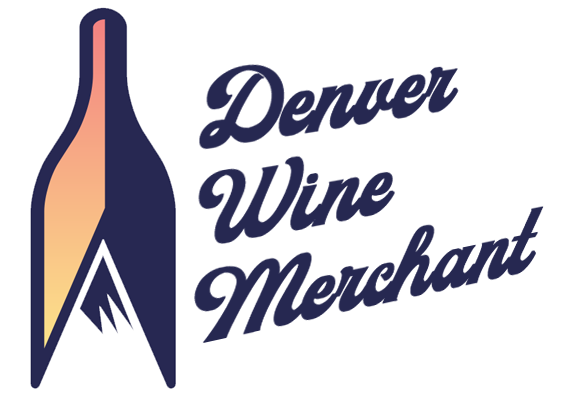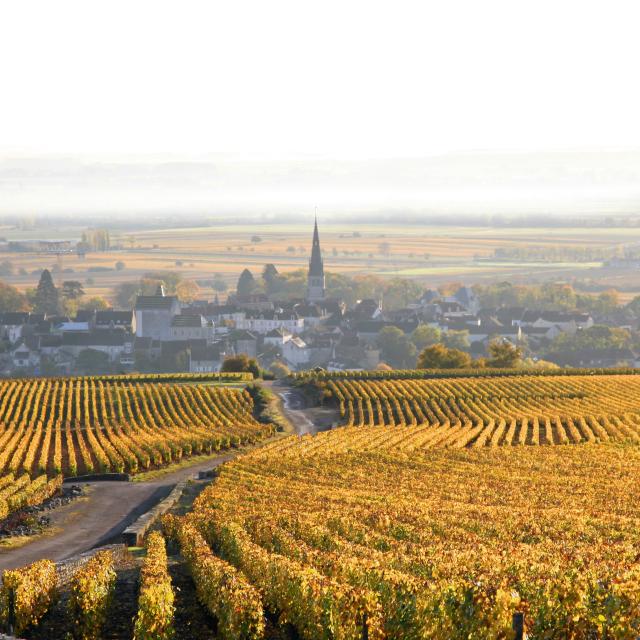Burgundy Club: October 2025
Greeting Burgundy lovers! It's hard to believe we're already in October here in Denver, and thought the weather feels more August, I'm sure it won't be long until the fall chill arrives and provides the best wine drinking weather of the year. This month both clubs get an excellent village level red from a top Cote de Nuits domaine and then 2 different Meursaults make up the white selections.
Red Wine: Taupenot-Merme Auxey-Duresses Rouge 2022 (both clubs)
The site. Auxey-Duresses sits in a side valley between Meursault and Volnay. The soils are limestone and marl with excellent drainage, and cool air drops from the combe. Although the village’s reputation leans white, its reds can echo Volnay’s silk or a firmer, Meursault-adjacent frame—often at a friendlier price.
The grower & the year in the glass. Taupenot-Merme is a multi-generation family domaine based in Morey-Saint-Denis and now led by Romain Taupenot. The house style is classical: careful farming, native-yeast fermentations, and aging that respects fruit and site. The range is broad, spanning both Côtes and including grands crus such as Charmes-Chambertin and Mazoyères-Chambertin. In fact, they're one of the only domaines to produce those two grand crus separately rather than blending them both and labelling it as Charmes as the law allows. The domaine even owns a sliver of Clos des Lambrays, which means that grand cru is not a complete monopole of Domaine des Lambrays.
New oak is used judiciously—roughly thirty percent at the village level, with a higher proportion as you climb to premiers and grands crus—and extractions stay gentle to preserve finesse. In 2022, a warm and generous year, this Auxey-Duresses shows more depth than the appellation’s reputation suggests, with sweet-spiced red cherry, graphite, and underbrush supported by polished, present tannins. While the wine is youthful, the soft tannins and the warmth of the vintage make it approachable now, and up to five years of aging will add further complexity. It pairs well with classic Burgundy dishes such as duck or a thyme-rubbed pork chop.
White Wine: Lucien Muzard Meursault “Meix Chavaux” 2022 (Village Club)
The producer & the fruit. Domaine Lucien Muzard et Fils is a long-standing Santenay family estate run by brothers who favor precise, vineyard-first wines. Meix Chavaux is a stony, well-drained lieu-dit on the lower slopes north of the village that delivers healthy ripeness without heaviness and a clear, cool stony imprint. In fact, the cru borders Auxey-Duresses where the whites grown across that border can show Meursault like qualities for a better value.
How it’s made. The fruit is hand-harvested and pressed as whole clusters, then fermented with native yeasts. The wine is aged mainly in 350-liter barrels with some 600-liter tonneaux introduced in recent years; new oak averages about ten to fifteen percent. It typically spends about twelve months in barrel and then rests a further four to six months in tank. Recent vintages have seen minimal stirring of the lees to keep the texture taut and the site’s stony character in clear focus. The style still shows the round, classical side of Meursault—think butter and hazelnut wrapped around ripe orchard fruit—balanced by the definition that Meix Chavaux naturally brings.
White Wine: Chavy-Chouet Meursault “Les Casse-Têtes” 2023 (1er Cru Club)
The producer & the fruit. Chavy-Chouet, led by Romaric Chavy, unites Meursault and Puligny roots and focuses on tension and clarity, with picking dates that protect acidity. Les Casse-Têtes is a small, rocky slope above the village with thin soils, abundant stones, and excellent airflow. That combination concentrates minerality and keeps the profile lifted.
How it’s made. The domaine barrel ferments all whites and uses only a touch of new oak in aging. The fruit is pressed as whole clusters, settled before fermentation, and matured in barrel on fine lees with bâtonnage kept to a minimum so the rocky site remains front and center. Although the label reads village level, the wine feels more chiseled: elevated minerality, citrus pith, crushed stone, green almond, and a saline finish that speaks clearly of Casse-Têtes. This wine has a long life ahead of it and I'd recommend decanting if opening any time in the next 12 months.
That’s all for this month—we’ll keep the great Burgundy coming for you in December!


0 Comments
There are no comments for this article. Be the first one to leave a message!